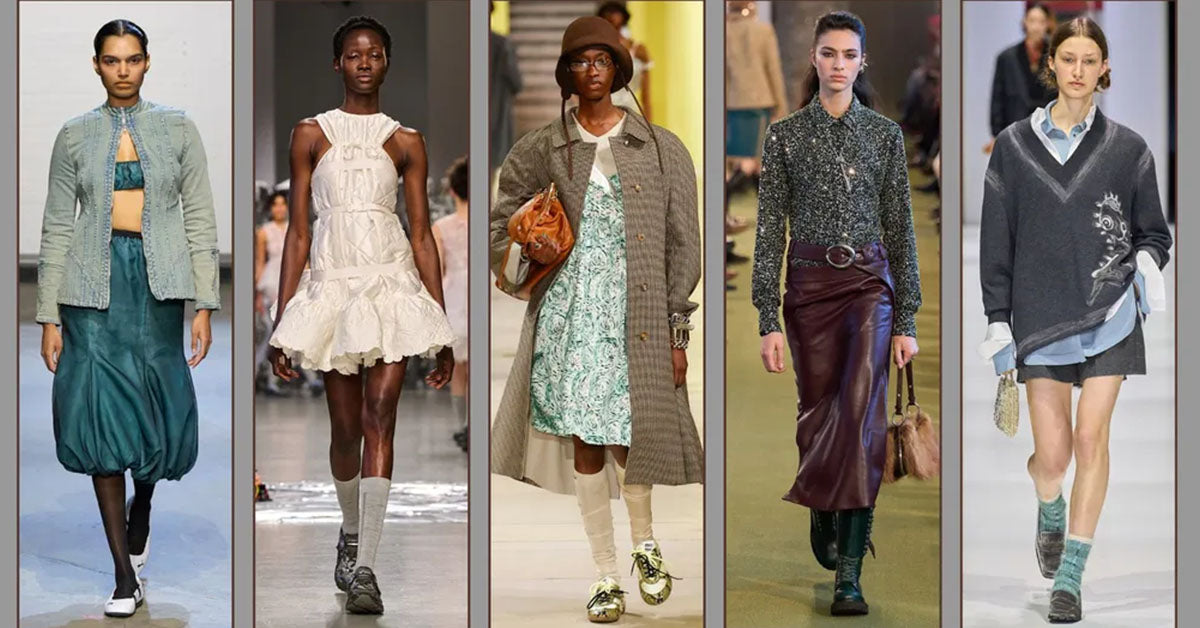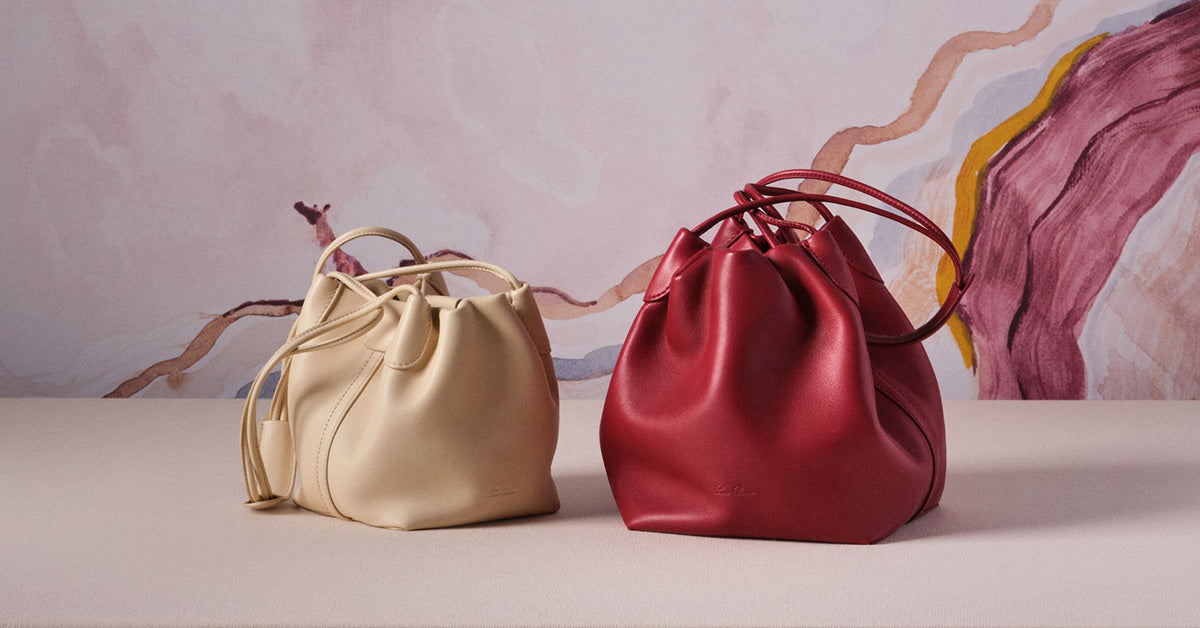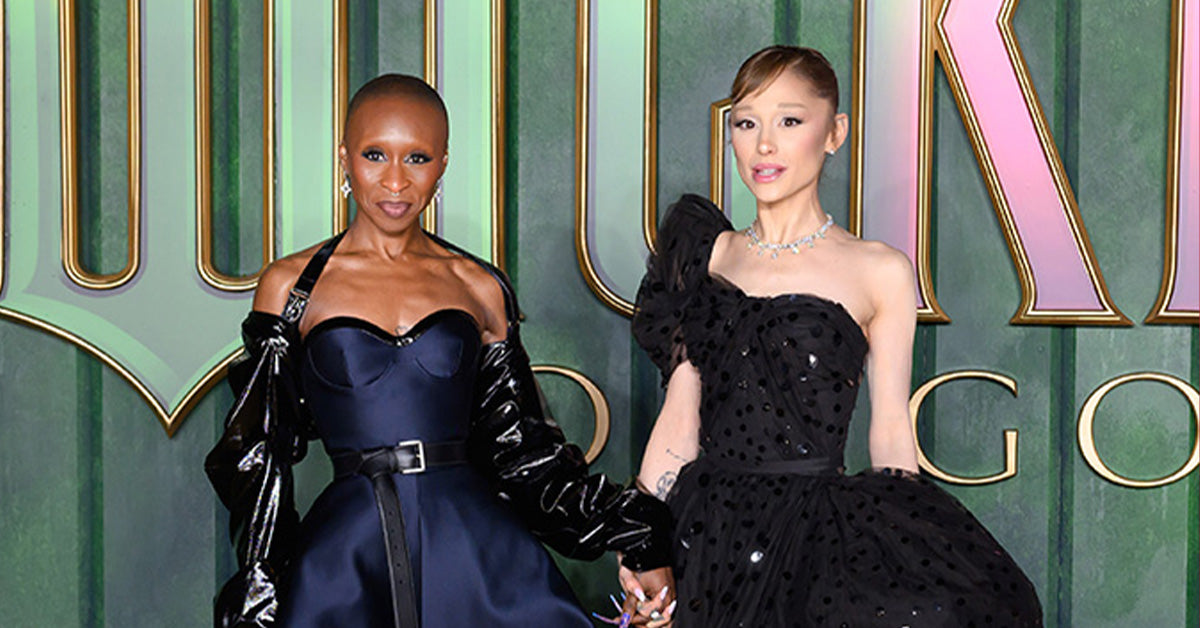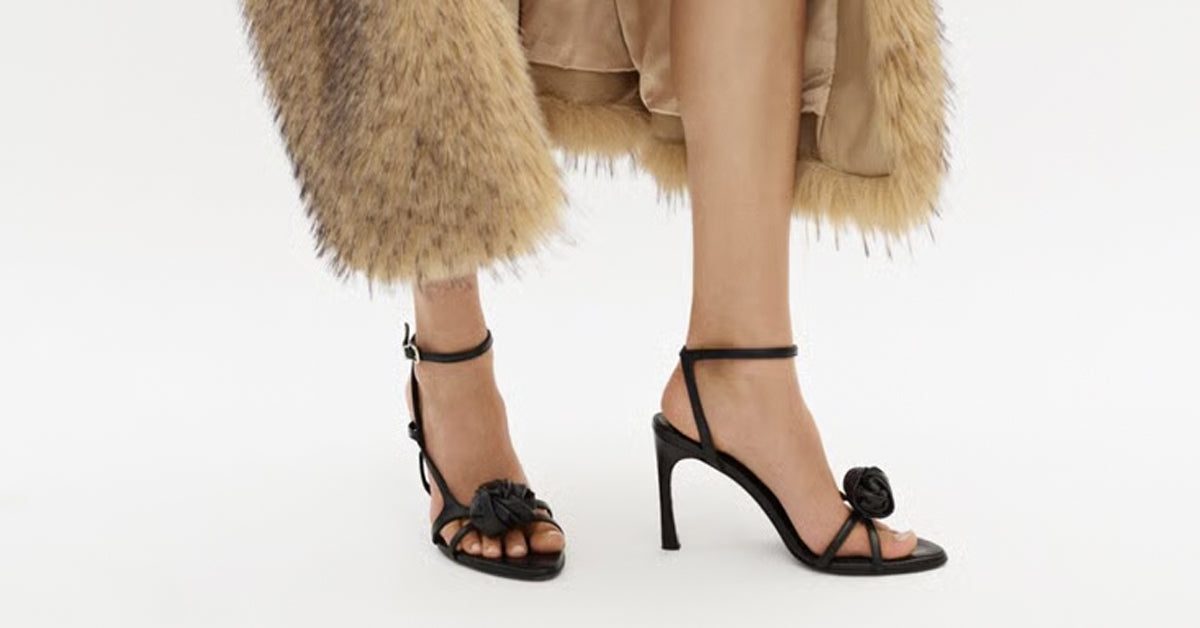Explore with AI & Follow Us
Introduction to the Caftan (Kaftan)
The caftan, also spelled kaftan, is one of the most enduring and versatile garments in fashion history. With roots stretching back centuries, this flowing, robe-like garment has transcended cultures, regions, and trends to become a global symbol of comfort and elegance. Whether you’re lounging at home, attending a formal event, or vacationing at a tropical paradise, the caftan has the unique ability to adapt to any setting while maintaining its timeless charm.
But what exactly is a caftan? Where did it originate, and how did it evolve into the wardrobe staple we know today? In this article, we’ll explore the fascinating history, cultural significance, and modern-day styling of the caftan. Let’s dive in!
The History and Origins of the Caftan
The caftan’s history can be traced back to ancient Mesopotamia, where it was originally worn as a functional garment designed for the climate. Over time, it spread across the Middle East, North Africa, Asia, and even parts of Europe, becoming a staple of traditional dress in many cultures.
Historically, the caftan was often associated with royalty and nobility. In the Ottoman Empire, for example, sultans and high-ranking officials wore elaborately decorated caftans made from luxurious fabrics like silk and brocade. These garments featured intricate patterns, embellishments, and rich colors that symbolized wealth and power.
As the caftan traveled across different regions, it adapted to local customs and aesthetics. In Morocco, it became a key element of traditional bridal attire, while in West Africa, the flowing robe known as the "boubou" shares similarities with the caftan. Despite these regional variations, the caftan's defining characteristics—its loose, flowing silhouette and versatility—remained consistent.
What Makes a Caftan Unique?
The caftan’s appeal lies in its versatility and comfort. Here are some key features that define this timeless garment:
- Loose and Flowing Fit: The caftan is designed to drape gracefully over the body, making it suitable for all body types.
- Variety of Fabrics: Caftans can be made from lightweight materials like cotton and chiffon for casual wear or luxurious fabrics like silk and velvet for formal occasions.
- Decorative Elements: Many caftans feature embroidery, beadwork, or printed patterns that reflect cultural and artistic influences.
- Length Options: Caftans can range from knee-length tunics to full-length gowns, offering options for every occasion.
- Seasonal Adaptability: Light fabrics are perfect for summer, while heavier materials provide warmth in cooler months.
Caftan in Modern Fashion
In recent decades, the caftan has undergone a remarkable transformation, becoming a beloved piece in both high fashion and everyday wardrobes. Designers like Yves Saint Laurent and Oscar de la Renta helped popularize the caftan in the 20th century, elevating it from traditional wear to a glamorous fashion statement.
Today, the caftan is a staple in resort wear collections and is often associated with bohemian and vacation styles. Celebrities like Rihanna, Beyoncé, and Kate Moss have been spotted wearing caftans, further cementing its status as a chic and versatile garment.
Whether you prefer a minimalist design or an opulent, embellished version, there’s a caftan for every style preference. Its ability to seamlessly transition from day to night and from casual to formal makes it a must-have piece in any wardrobe.
Styling Tips: How to Wear a Caftan
The caftan’s versatility makes it easy to style for various occasions. Here are some tips to help you make the most of this timeless garment:
- For a Casual Look: Pair a lightweight cotton or linen caftan with flat sandals and a straw hat for a relaxed, summery vibe.
- For Formal Events: Opt for a silk or velvet caftan with intricate embellishments. Add statement jewelry and heels for an elegant, polished look.
- For the Beach: A sheer or printed caftan makes the perfect cover-up over a swimsuit. Complete the look with oversized sunglasses and a wide-brimmed hat.
- Belt It: Define your waist by cinching the caftan with a belt. This adds structure and creates a more tailored silhouette.
- Layer It: In cooler weather, layer a caftan over leggings or skinny jeans and add ankle boots for a chic, bohemian-inspired outfit.
The Cultural Significance of the Caftan
Beyond its aesthetic appeal, the caftan carries deep cultural significance in many parts of the world. It often represents tradition, heritage, and identity. In Morocco, for instance, the caftan is an integral part of weddings and other special occasions, symbolizing elegance and grace.
Similarly, in West African cultures, garments similar to the caftan are worn to mark important life events and celebrations. The caftan is not just a piece of clothing; it is a reflection of history, artistry, and cultural pride.
Conclusion
The caftan (kaftan) is far more than just a garment; it is a testament to the rich tapestry of global fashion history. Its ability to merge functionality with elegance has made it a beloved wardrobe staple for generations. Whether you wear it for cultural reasons, fashion, or comfort, the caftan is a timeless piece that continues to inspire and captivate.
FAQs About Caftans (Kaftans)
-
1. What is the difference between a caftan and a kimono?
While both are loose, flowing garments, the caftan originates from the Middle East and features a more robe-like design. The kimono, on the other hand, is a traditional Japanese garment with wide sleeves and an obi belt. -
2. Can men wear caftans?
Absolutely! Historically, men in many cultures have worn caftan-like garments. Today, modern designs for men are available, often featuring simpler cuts and patterns. -
3. Are caftans appropriate for formal events?
Yes, caftans made from luxurious fabrics like silk or velvet and adorned with embellishments are perfect for formal occasions. -
4. How do I care for my caftan?
The care instructions depend on the fabric. Delicate materials like silk should be dry-cleaned, while cotton and linen caftans can often be hand-washed or machine-washed on a gentle cycle. -
5. Where can I wear a caftan?
Caftans are incredibly versatile and can be worn at home, on the beach, at casual outings, and even at formal events, depending on the design and fabric.
Explore with AI & Follow Us










